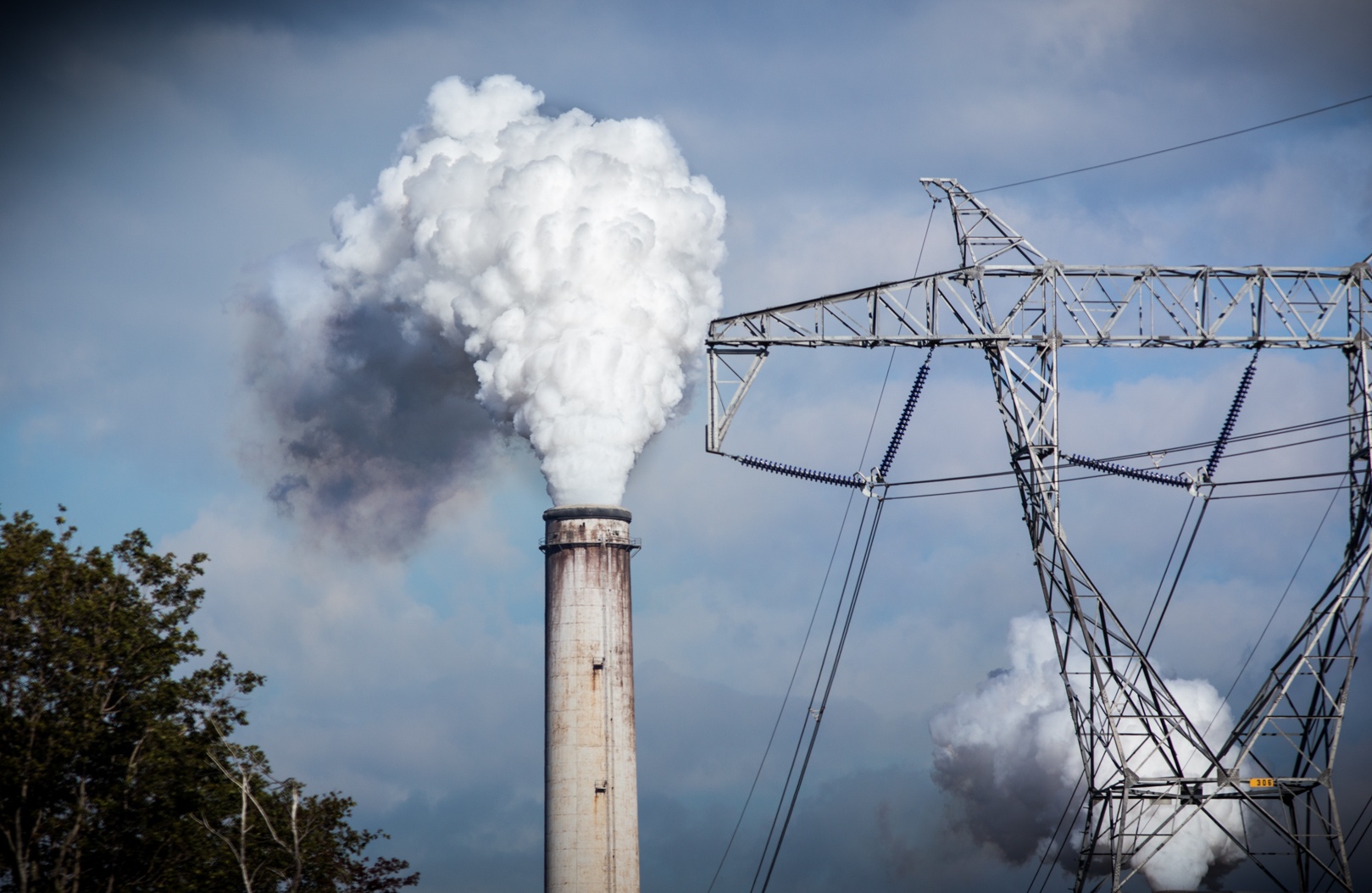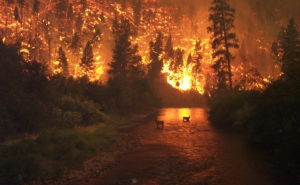We have much more to do and your continued support is needed now more than ever.
Clean Power Plan Repeal and Replace Scheme Threatens Wildlife

The Environmental Protection Agency (EPA) Administrator Scott Pruitt is at it again with a plan to gut America’s first ever federal measure to protect wildlife from the dangers of climate change by reducing harmful pollution from power plants. Today, Pruitt’s EPA introduced a notice seeking comment on how to “replace” the Clean Power Plan, which in its current form is a flexible and comprehensive measure to reduce carbon pollution from the power sector.
The Clean Air Act requires that the Environmental Protection Agency take action to reduce carbon pollution from power plants, just like it requires power plants to clean up other pollutants that threaten people and wildlife such as mercury, sulfur dioxide and ozone.
The EPA has already announced its intent to repeal the existing Clean Power Plan. This existing plan, if implemented as currently written, would reduce carbon pollution by an amount equivalent to taking 70% of all cars of the nation’s roads by 2030. Pruitt’s proposal would replace the plan with a meek check-the-box exercise that may actually increase pollution.

Weakening Measures to Protect Wildlife
The Clean Power Plan as written uses three building blocks:
- implementing efficiency measures at existing coal plants
- shifting from coal to cleaner natural gas plants
- increasing renewable, carbon free generation – to set pollution standards for states
To ensure realistic goals are met, standards are set according to the current energy mix of states , and states are given wide latitude in how they can achieve emissions reductions. It is important to note that the Clean Power Plan would accelerate a shift to cleaner power generation that is already being favored by the energy market.
While Pruitt’s EPA has not settled on a specific plan yet, it is clear that the goal of this “replacement” is to fashion as weak a rule as possible. The replacement rule is predicated on a cramped interpretation of the Clean Air Act that would limit pollution reductions to small adjustments at coal plants. Such a measure may actually increase emissions by keeping outdated plants operating past their shelf-life and slowing the market trend towards cleaner energy sources.
This replacement plan is consistent with other policy moves designed to prop up dirty energy sources and undermine progress on addressing climate change, like the Department of Energy’s attempt to subsidize unprofitable coal plants on the backs of ratepayers and the withdrawal from the Paris Agreement. These backward actions are eroding United States world leadership at a time when every other country has committed to reducing carbon pollution to safe levels.
Time for Action, not Obfuscation

Meanwhile, as Pruitt pulls us back to our polluting past, wildfires scorch California into the holiday season, and the Caribbean and the Gulf Coast continue their clean-ups from record breaking storms. Wildlife are on the front lines as tick-ravaged moose populations in northern states plummet; trout struggle to survive in warming streams; coral reefs decline in hotter waters; polar bears starve in an iceless Arctic; and wolverines are being pushed out of the lower 48 states as the deep snow they need disappears.
We no longer have time for repeal and replace scams and red team/blue team schemes to pull the wool over our eyes on what outdoor lovers see every day – a stressed climate in need of action. The Clean Power Plan should to be implemented, not gutted. And Congress needs to strengthen action by enacting a price on carbon that would reduce carbon pollution across all polluting sectors. The clock is ticking.






















